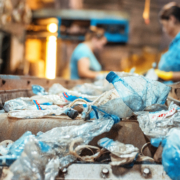Industrial waste: key points, examples and management
If you deal with industrial waste, in 2 minutes you’ll see what it is, types and examples, how to organise collection, and how to run compliant, effective management.
What industrial waste is?
It’s the waste generated during manufacturing, maintenance, cleaning or consumption in industrial operations. It can be solid, liquid or gaseous, hazardous or non-hazardous, and its management is defined by the EU Waste Framework Directive and its 2018 update. Environment+1
Types of industrial waste
- Non-hazardous: cardboard, plastics, wood, scrap metal, non-hazardous sludges.
- Hazardous: solvents, paints, used oils, acids/bases, contaminated containers. They require GHS labelling, approved containers and dedicated storage areas.
Industrial waste – quick examples:
-
Carpentry: sawdust (non-hazardous) + varnish cans (hazardous).
-
Workshop: oils and filters (hazardous) + clean packaging (non-hazardous).
-
Food industry: plastic film (non-hazardous) + CIP soda/acids (hazardous).
EU fact: in 2022 the EU generated 2,233 million tonnes of waste (all activities and households), pushing circular-economy goals. European Commission
Practical process: from factory to licensed operator (smart steps, not red tape)
-
Identification and classification (EWC code + hazard class)
Match each stream to its European Waste Catalogue (EWC) code and hazard class. Use safety data sheets and clear signage. -
Segregation at source
Separate containers, clear posters and periodic team training. -
Safe storage
Visible labels, bunds for liquids, ventilated areas, PPE and emergency procedures. Portal INSST -
Industrial waste collection with full traceability: Authorised carriers/handlers, contracts and accessible records. Schedule pickups based on data (actual volumes), not last-minute rushes. Ministerio de Transición Ecológica+1
-
Treatment and recovery: Follow the hierarchy: prevent → prepare for reuse → recycle → recover → dispose (last resort). Environment
Legal framework and official resources
- EU – Directive 2008/98/EC (consolidated) and amendment (EU) 2018/851. EUR-Lex+1
- European Commission – Waste Framework page (definitions, hierarchy, principles). Environment
- Spain – MITECO: prevention and waste management portal and hierarchy. Ministerio de Transición Ecológica+1
- INSST (Spain): labelling/storage of hazardous products (useful for hazardous waste). Portal INSST
- US EPA: Guide for Industrial Waste Management (practical ideas and minimisation). US EPA+1
Conclusion
Managing industrial waste isn’t about ticking boxes: it’s about cutting costs, reducing risk and improving performance. With strict classification, real segregation, safe storage and traceable collection, you’ll meet the legal hierarchy and move closer to a circular operation.





